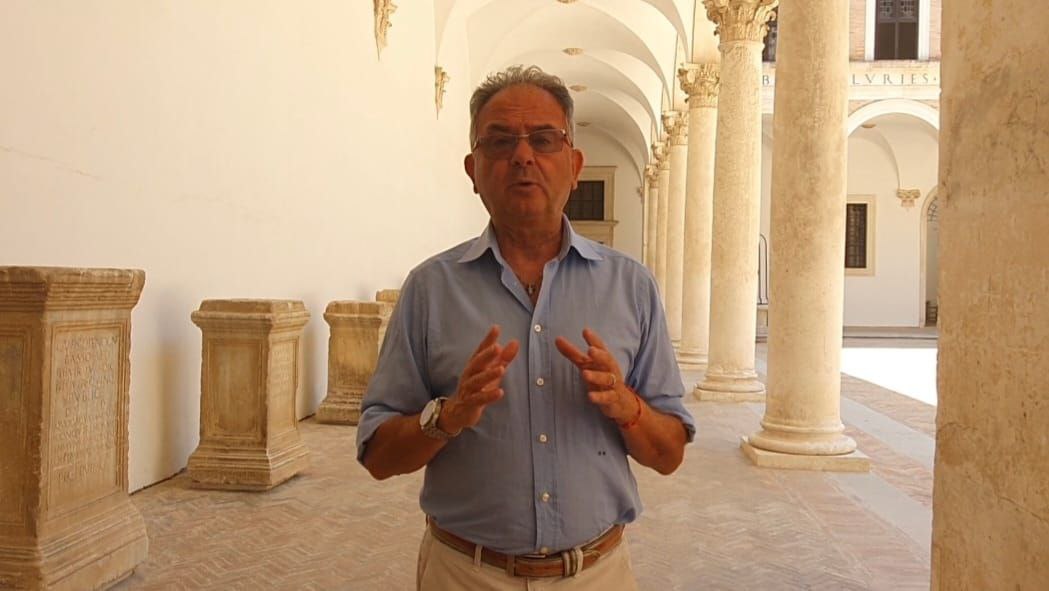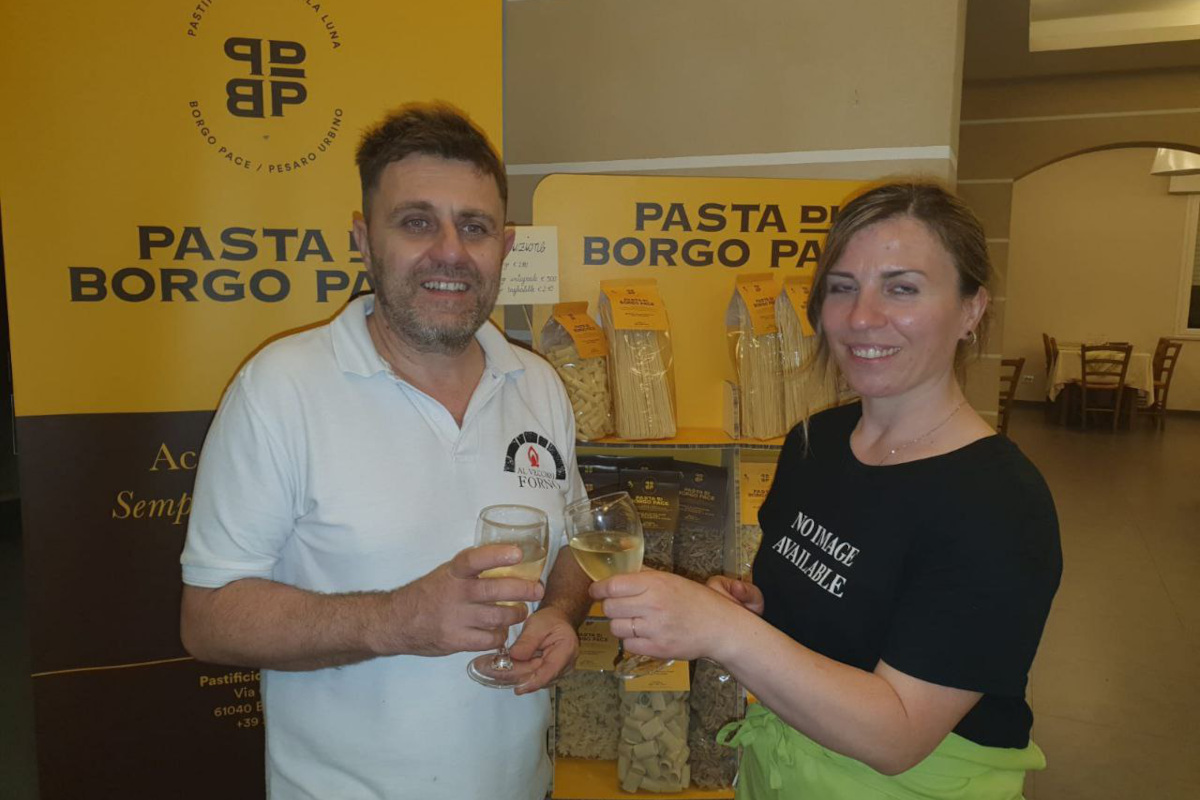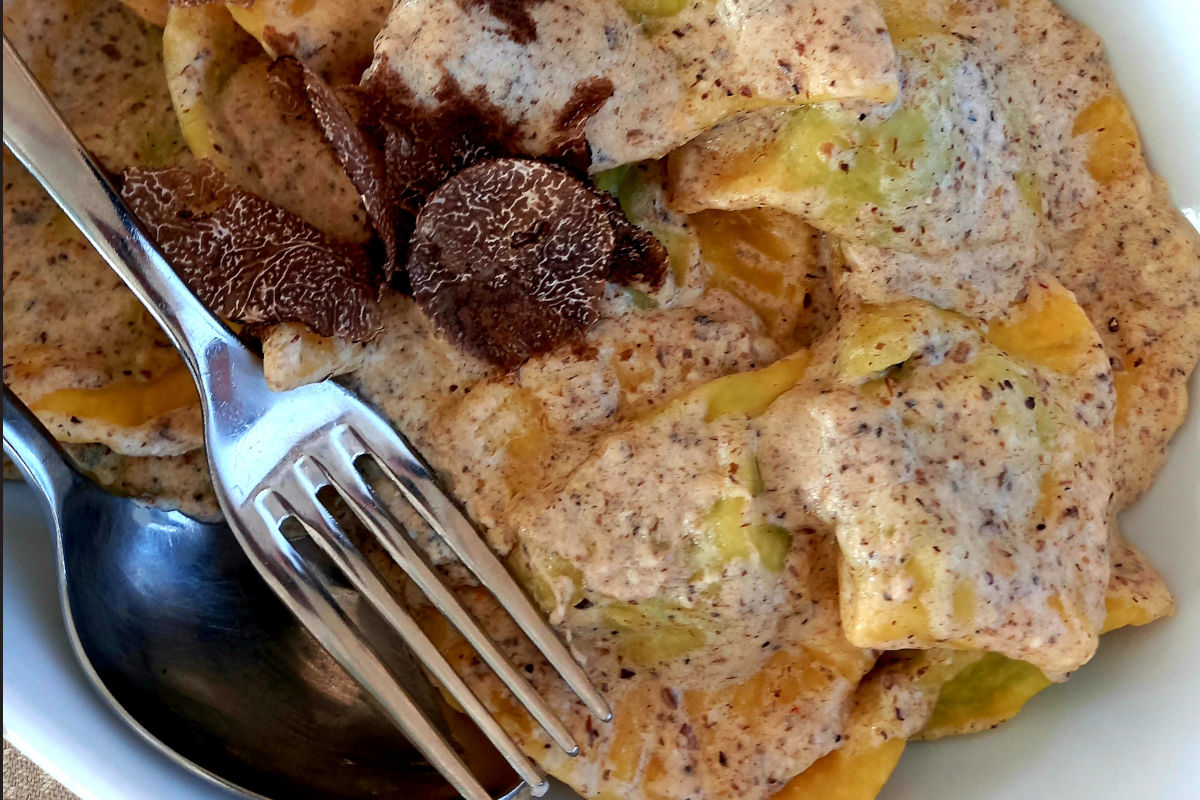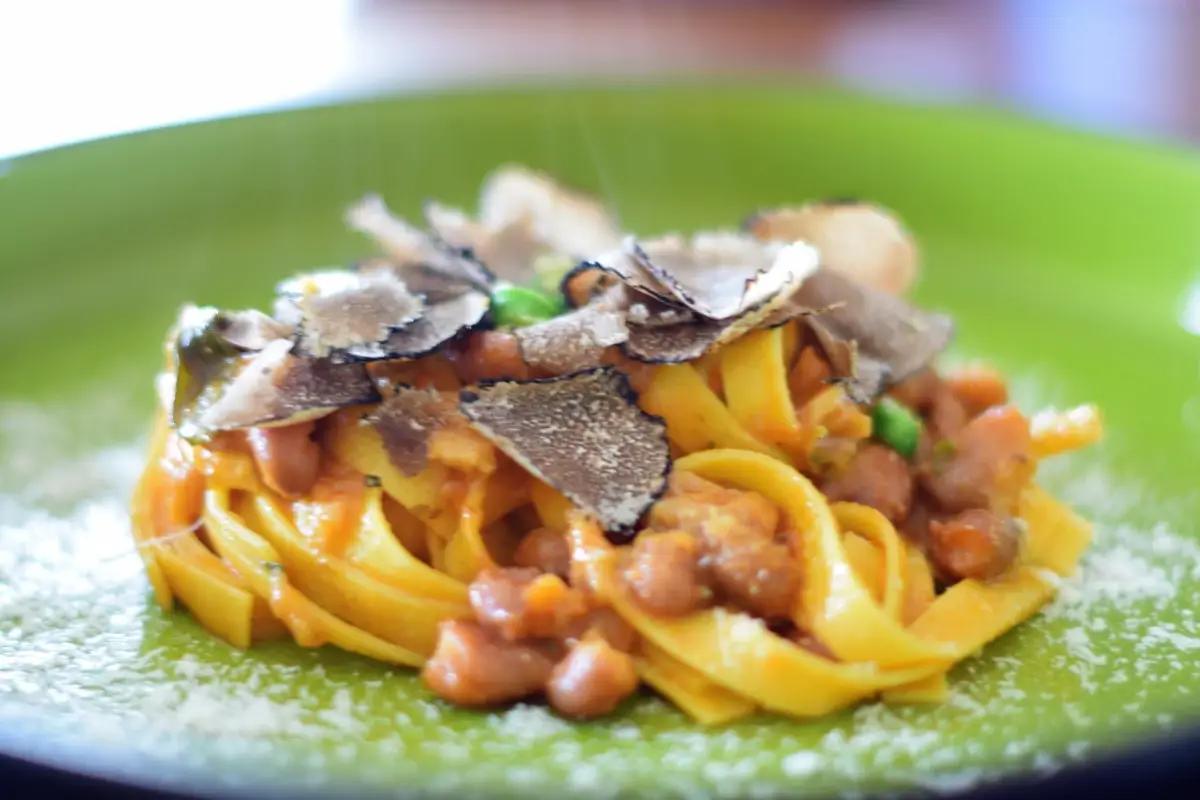In the story of the truffle supply chain, and the steps that lead to the production of the “diamond of the kitchen”, today we talk about the terroir and the characteristics that a land must have to produce truffles.
To understand which are the ideal soils for the truffle in this case (the albidum truffle) or marzuolo; A light limestone, marly and clayey soil is undoubtedly essential.
To be built, the truffle certainly needs an analysis of the soil and certainly an ideal environment: the right plants can certainly be downy oaks, lime trees and hazelnuts.
To tell us all this is always the Master Cavatore and guardian of the forest Pino Crestini.
But the plant that is by far the most typical for truffles is certainly the downy oak.
A truffle ground deserves an in-depth analysis of various points of the soil: first of all the pH is important, then the total and active limestone, but also the percentage of silt and clay.
A tuber melanosporum (prized black truffle) in the presence of a soil with a high Ph, will never produce the truffle
And then let’s clear away the idea that truffles can be grown in a pot on the terrace. It is certainly an illusion.
Without suitable soils, suitable for every single truffle, without an analysis of the soil and without the right mycorrhized and certified seedlings (and in this case we recall the value of Trufflland) surely the truffle will never grow.
Very often we hear of advertisements or promotions that sell certified guaranteed seedlings for the production of truffles. In these cases it is useful to always rely on professionalism and on those who live this world constantly, with strong experience, such as Truffleland.








